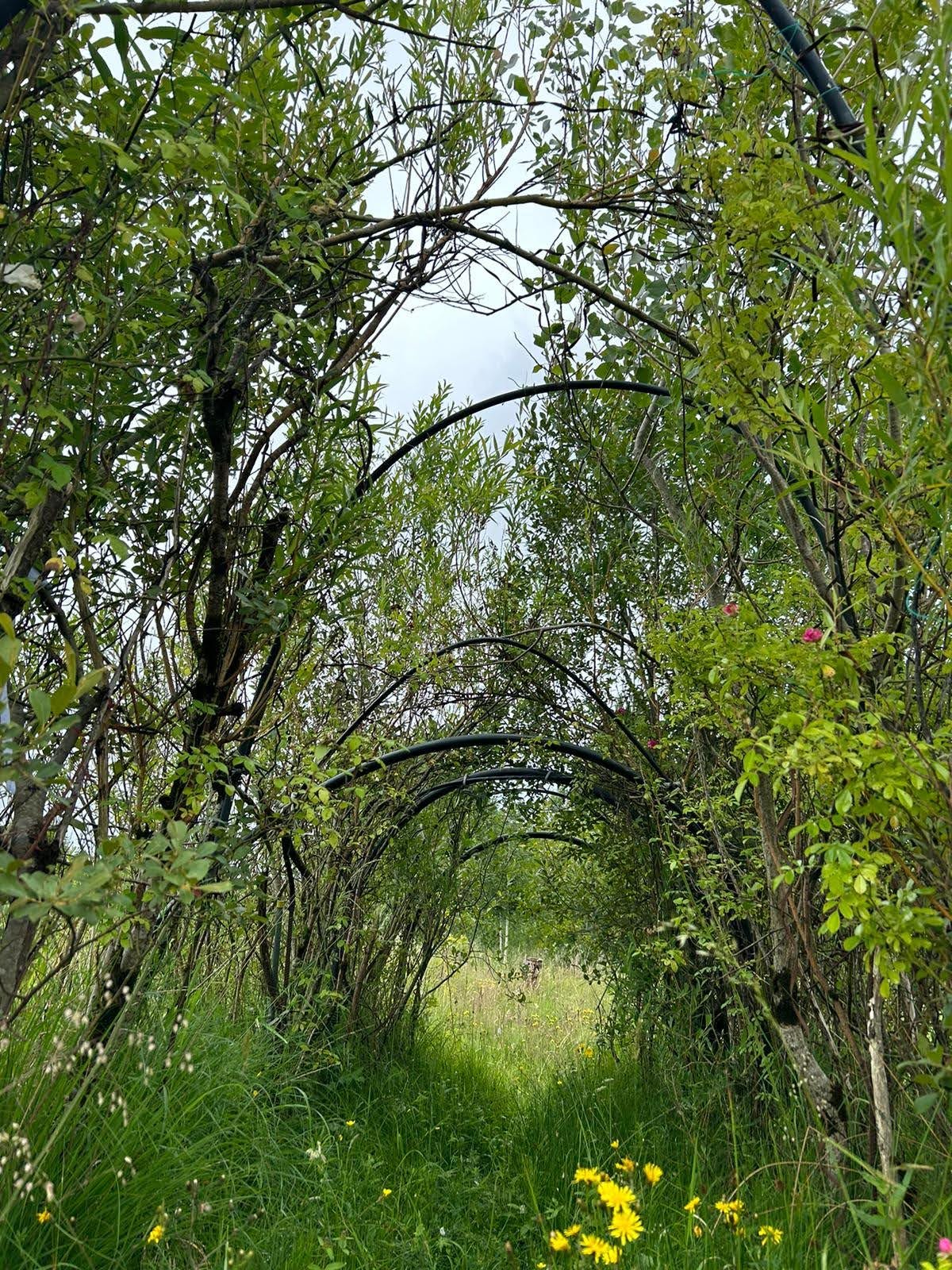Responding to ‘Living in Harmony with Nature’
Living in harmony with nature is achievable only as a non-ideal vision Patrick Doncaster and James M. Bullock
This paper questions the UN vision that equates human wellbeing with living in harmony with nature, an ideal, static state that ‘distracts from contemporary challenges’. I completely concur with the authors that the “non-ideal vision” is far preferable, in that it allows for pragmatic, dynamic relationships between human and non-human systems which can be written into law (as they have been, to some extent, according to this paper, in four countries: Ecuador, Bolivia, São Tomé and Príncipe, and the Philippines). However, I take issue with some of the language used, since, the use of terms like ‘natural capital’ contradict the paper’s own recognition that
Suitable milestones need to move from the purely quantitative indicators of success in SDGs and CBD goals, to more qualitative measures for tracking institutional learning from transformative changes in activities and attitudes, and perceptions by those experiencing the changes.
I’d like to suggest that the authors consider an alternative view of natural-human systems and their interactions from a non-dualist perspective, recognising that the relationship between human systems and the ‘more than human world’ is continuous and intimately interrelated. In the book I edited and which was published last year, a wide tapestry of views on the “Practice of Philosophy in the Ecological Emergency” are gathered, and include the impact of meditative, awareness-inducing practices on people's capacity to respond to the ecological emergency, a qualitative basis for reorientation par excellence. We shift perspective when we shift our attitudes to ourselves, and that includes understanding in a very practical and pragmatic way that we are intimately interconnected. This could be written into UN guidelines as a principle that unites scientific awareness with attitude change.
Secondly, a recognition and exploration of plant/systems intelligence and their implications for rewilding arguments requires that we stop treating other systems as passive backdrops for our own human project, and instead we recognise that they have the same kind of evolutionary push to avoid extinction, and that they exercise that push through competition (which this paper recognises), but also through cooperation, and the creation of niches, or habitats (which this paper does not consider, but which Kent Peacock, one of the contributors to the book, writes about in detail in The three faces of ecological fitness).
Using the phrase ‘the ecological emergency’ is first and foremost about recognising the interconnected nature of systems. Philosophy as Practice in the Ecological Emergency is, as the subtitle notes, an exploration of urgent matters. The ecological emergency is the planet-wide threat to human flourishing. The ecological emergency includes climate change, biodiversity loss, pollution, habitat destruction, and all the associated impacts that fragment, and threaten to cause to collapse, the systems that created and sustain us. However, it also includes the fragmentation and threats to the human cultural, social and economic spheres within which our civilisations orbit. Increasing extremism in political ideologies creates attitude polarisation, and the attendant drives to disassociate, exploit or annihilate the ‘other’ weakens the resilience of symbiotic systems which are crucial to our survival. At a personal level, addiction, anger, depression and suicidal intent all exhibit the same character of fragmentation.
If we could amend the UN ‘sustainability’ goals to include a recognition of our interdependence, and enmeshment (Timothy Morton’s word), which would then imply that the non ideal mitigation of harm to all the interrelated human and more-than-human systems that created and sustain us is key to our survivability as a species, then perhaps we could also include in this amendment the crime of ecocide, which is a harm not just to the more-than-human, but also to the human world, enmeshed, as it is, within the more-than-human.





